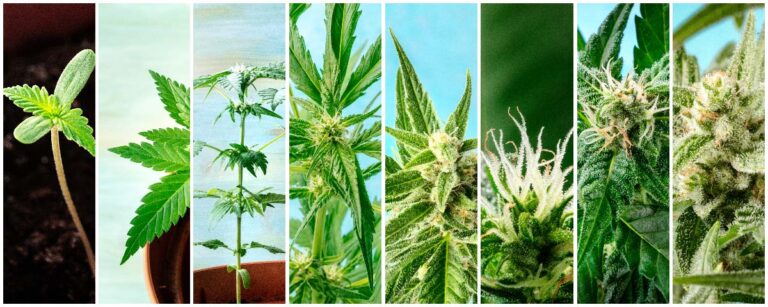Peperomia plants are a popular choice for indoor plant enthusiasts due to their ease of care and attractive foliage.

When it comes to light requirements, these plants prefer indirect light, as direct sunlight can scorch their leaves.
It’s best to place them on an east or west-facing windowsill where they can receive bright, filtered light throughout the day.
Peperomia plants require enough light to carry out photosynthesis and grow, but too much can be harmful.
If you notice your plant’s leaves turning brown or dropping off, it may be getting too much direct sun.
In addition to proper lighting conditions, peperomia plants thrive in well-draining soil and moderate humidity levels.
To propagate your peperomia plant, you can take stem or leaf cuttings and root them in moist soil or a pebble tray.
Be sure not to overwater your plants or let excess water sit in the pot’s drainage holes, as this can lead to root rot and other fungal diseases.
Overall, with the right care guide and attention to its lighting needs, a healthy peperomia plant can add beauty and variety to any collection of indoor plants.
Watermelon peperomia
Watermelon peperomia, also known as Peperomia argyreia, is a tropical plant native to South America.
This popular houseplant is beloved for its fleshy leaves that resemble the skin of a watermelon.
When it comes to light requirements, watermelon peperomia prefers indirect sunlight or filtered light.
Direct sunlight can scorch their leaves and stunt their growth.
They thrive in well-draining soil and moderate humidity levels.
To care for your watermelon peperomia, ensure that the soil is moist but not soggy.
Water only when the top inch of soil feels dry to the touch. Fertilize once a month with liquid fertilizer during the growing season.
If you notice any insect infestations, use insecticidal soap to treat them.
Watermelon peperomia can grow up to 6-8 inches tall and is a great addition to any collection of plants.
With proper care and attention to its light conditions, your watermelon peperomia will thrive and add beauty to your indoor space.
Can you describe the physical appearance of watermelon Peperomia?
Watermelon peperomia, also known as Peperomia argyreia, is a tropical houseplant with unique fleshy leaves that resemble the skin of a watermelon.

The leaves are green with silver stripes and have a round, slightly wavy shape.
During the spring and summer, the plant generates flower spikes; however, they are relatively lacking compared to its appealing foliage.
Watermelon peperomia can grow up to 6-8 inches tall and is an excellent choice for beginner plant enthusiasts due to its easy-care nature.
It prefers indirect or filtered light and well-draining soil with moderate humidity levels.
Propagation can be done through stem cuttings or leaf cuttings in fresh soil.
Peperomia obtusifolia
Peperomia obtusifolia is a popular indoor plant known for its fleshy leaves and easy-care nature.

It prefers bright indirect light, making it an ideal choice for those who don’t have access to a lot of direct sunlight.
When planting peperomia obtusifolia, it’s essential to use well-draining soil to prevent root rot from excess water.
Adding vermiculite or perlite can help improve drainage. Peperomia obtusifolia can be propagated through leaf or stem cuttings, which should be planted in fresh soil and kept moist until they root.
To keep your plant healthy, avoid overwatering and ensure proper humidity levels.
Fertilizing every four to six months with a slow-release fertilizer will also help maintain its health.
Overall, the peperomia obtusifolia is an excellent addition to any collection of plants due to its low maintenance needs and ability to thrive in various light conditions.
Summary
Peperomia obtusifolia is a popular indoor plant that prefers indirect light and well-draining soil to prevent root rot.
It can be propagated through leaf or stem cuttings and should be kept moist until they root.
Proper humidity levels and fertilization every four to six months will help maintain its health.
This easy-care plant is an excellent addition to any collection of plants due to its low maintenance needs and ability to thrive in various light conditions.






